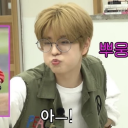He Served Cunt. Nasty, Descrepit, Rotten, Fetid Cunt But He Did Serve It
He served cunt. Nasty, descrepit, rotten, fetid cunt but he did serve it
More Posts from Jihyun2monster and Others



『のあ先輩はともだち。』①巻が重版しました! ありがとうございます~!


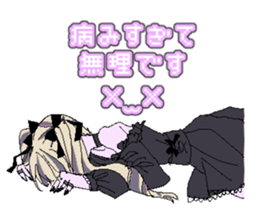

!KAWAII GIRLS HEAVEN! by NueHakase
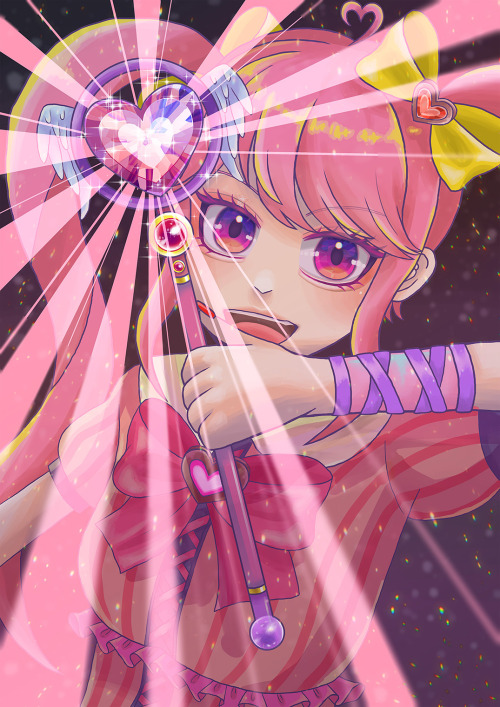
「私を守るための魔法」 2023.1制作
ꪆ୧ Bangchan [ Stray Kids ] lockscreens
![ꪆ୧ Bangchan [ Stray Kids ] Lockscreens](https://64.media.tumblr.com/04e0a2478eee73df1edf5d0406bd25ce/0bb45c9e1236d2c6-c7/s1280x1920/76d0306cf72440476dafa13b3bb88afa2509ca07.jpg)
![ꪆ୧ Bangchan [ Stray Kids ] Lockscreens](https://64.media.tumblr.com/2f267a078d12719a6125d9b2b21cb970/0bb45c9e1236d2c6-84/s1280x1920/75556f71fbae00b4c2b0b3efc6d1a82a01a37039.jpg)
![ꪆ୧ Bangchan [ Stray Kids ] Lockscreens](https://64.media.tumblr.com/7f5379402617dfc97791fb8cc1fedd4a/0bb45c9e1236d2c6-3f/s1280x1920/19e16087b5d4dc33e9323c04e713b9c3eb089346.jpg)
![ꪆ୧ Bangchan [ Stray Kids ] Lockscreens](https://64.media.tumblr.com/9720f440491e7c392914af7148c0c161/0bb45c9e1236d2c6-18/s1280x1920/8386797749155878c4bf924dfe53a91ae380c986.jpg)
![ꪆ୧ Bangchan [ Stray Kids ] Lockscreens](https://64.media.tumblr.com/8b904debf78927524ce3e1fab659c0f4/0bb45c9e1236d2c6-5e/s1280x1920/dc812383121581c099dd7bd5f87d062287db72d3.jpg)
![ꪆ୧ Bangchan [ Stray Kids ] Lockscreens](https://64.media.tumblr.com/cbe586346ec849bff508613715384466/0bb45c9e1236d2c6-f8/s1280x1920/10075b3303f9957f9d34a9dcb3eaaf3a47ae316a.jpg)
![ꪆ୧ Bangchan [ Stray Kids ] Lockscreens](https://64.media.tumblr.com/1bfe7be76be1684cf2d1f41c90e9a2f9/0bb45c9e1236d2c6-7b/s1280x1920/2cbb9892891ecbe844d5f8f8e9db9cf3450e2955.jpg)
![ꪆ୧ Bangchan [ Stray Kids ] Lockscreens](https://64.media.tumblr.com/b1c825125ca4d058b00ea6f05cbd1e25/0bb45c9e1236d2c6-cb/s1280x1920/7f97cb628d923c2fb1be8159b14f3f00fffaafaf.jpg)
![ꪆ୧ Bangchan [ Stray Kids ] Lockscreens](https://64.media.tumblr.com/eec360b4dd699e4ec84f49264c3045ef/0bb45c9e1236d2c6-dd/s1280x1920/9cc5ad9d98582f8adc465c0b360389621550e62f.jpg)
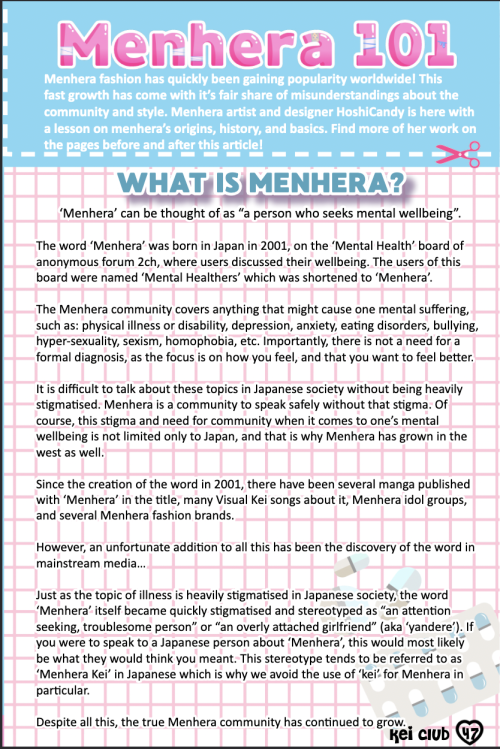



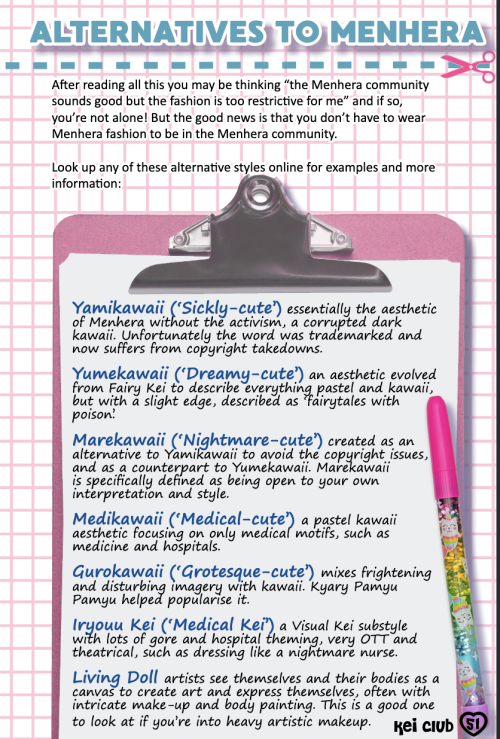
in case you haven't seen it yet, here's the menhera 101 article by HoshiCandy from Kei Club Issue 3. not sure if i'll post the other menhera related articles from this issue or not, so consider checking the link in source if you're interested.
i'm also leaving a text transcription under the cut for anyone that may benefit from that
Menhera 101
Menhera fashion has quickly been gaining popularity worldwide! This fast growth has come with its fair share of misunderstandings about the community and style. Menhera artist and designer HoshiCandy is here with a lesson on menhera’s origins, history, and basics. Find more of her work on the pages before and after this article!
What is Menhera?
“Menhera” can be thought of as “a person who seeks mental wellbeing”.
The word “Menhera” was born in Japan in 2001, on the “Mental Health” board of anonymous forum 2ch, where users discussed their wellbeing. The users of this board were named “Mental Healthers” which was shortened to “Menhera”.
The Menhera community covers anything that might cause one mental suffering, such as: physical illness or disability, depression, anxiety, eating disorders, bullying, hyper-sexuality, sexism, homophobia, etc. Importantly, there is no need for a formal diagnosis, as the focus is on how you feel, and that you want to feel better.
It is difficult to talk about these topics in Japanese society without being heavily stigmatized. Menhera is a community to speak safely without that stigma. Of course, this stigma and need for community when it comes to one’s mental wellbeing is not limited to Japan, and that is why menhera has grown in the west as well.
Since the creation of the word in 2001, there have been several manga published with “Menhera” in the title, many Visual Kei songs about it, Menhera idol groups, and several menhera fashion brands.
However, an unfortunate addition to all this has been the discovery of the word in mainstream media...
Just as the topic of illness is heavily stigmatized in Japanese society, the word “Menhera” itself became quickly stigmatized and stereotyped as “an attention seeking, troublesome person” or “an overly attached girlfriend” (aka “yandere”). If you were to speak to a Japanese person about “Menhera”, this would most likely be what they would think you meant. This stereotype tends to be referred to as “Menhera Kei” in Japanese which is why we avoid the use of “kei” for Menhera in particular.
Despite all this, the true menhera community has continued to grow.
Menhera Motifs
Artists in the Menhera community created many works of “Vent Art” art that expresses their feelings and suffering. When this art was printed onto clothing, Menhera fashion was born.
These are some themes you will commonly see in Menhera:
Medication
Suicide
Self-harm
Hospitals
Sex and BDSM
Social Media Addiction
Heartbreak
Wearing Menhera art printed on clothing serves as a way of literally wearing one’s feelings on one’s sleeves. It turns invisible suffering visible, and fights against the stigma driven silence. This means that Menhera fashion is highly confrontational, with graphic depictions of illness symptoms. Although the onlooker may feel discomfort, the Menhera style says “this is my true reality, don’t pretend it doesn’t exist!”
Depending on the feelings of the wearer, Menhera fashion also says “although I am sick, I can still be ‘kawaii’” or “although I appear ‘kawaii’, on the inside I am suffering”.
Turning the invisible visible, forcing the silence to be broken, and challenging kawaii culture, these are the goals of Menhera fashion.
The Menhera Silhouette
Carefully avoiding a highly theatrical or OTT (over-the-top) look is important for maintaining the integrity of the goals of menhera. Menhera is a very casual style, with few accessories and light makeup. The key is for a coord to centre on Menhera imagery, whether vent art or text-focused designs, printed onto clothing.
Be careful not to dress up as the characters depicted in vent art, who are often costumey, gory, and OTT.
Menhera Coord checklist:
Printed Menhera art
Byojaku/Minimal makeup
Not OTT/Few accessories
Flat Shoes
[optional] Oversized top
[optional] Hime bangs
[optional] twintails
Colors can vary: a pastel yume look, or a gothic yami look, both are fine!
The makeup style is called “Byojaku” meaning “sickly/weak”. Reddish colors are applied to areas around the eyes to give the impression of crying or illness. The rest of the face is kept plain without much color.
A Note of Caution
The Menhera community is about healing, and seeking recovery and wellbeing. It advocates getting help, medication, therapy, and receiving support through your recovery journey.
True Menhera never encourages or enables harmful behaviors, and never glorifies them. Menhera fashion is an alternative way of expressing your suffering without self-harm. Menhera fashion empowers the individual through their recovery, but does not empower harmful behaviors.
There are some, sometimes labeled by the community as “Wannabe Menhera”, who mistook the meaning of “menhera” after seeing its rise in popularity, as it being trendy to fake mental illness. They engage in behaviors such as posting self-harm photos (real or faked) to social media with the tag #menhera, and other attention-seeking behaviors.
While this is the opposite of what the Menhera community stands for, is harmful to the unfortunate viewers of these photos, and creates further stigma against the community...it cannot be ignored that these “Wannabe Menhera”, too, need help and healing.
The Menhera fashion movement is to help you feel comfortable, unashamed, and kawaii in your skin, scars and all. It is NOT for encouraging people to create new scars “for the aesthetic”.
If you are struggling with mental or physical suffering, thoughts, or behaviors that cause harm to yourself or others, please seek help. If you do not believe you deserve help, you do, please seek help. If you believe you are faking it, you likely are not, your feelings are valid, please seek help.
Don’t have access to therapy?
We found a comprehensive list of suicide prevention hotlines at https://ibpf.org/resource/list-international-suicide-hotlines [link no longer working]
There are also free and affordable counseling services online like Better Help and Pride Counseling! Look online to find what option could work for you!
Alternatives to Menhera
After reading all this you may be thinking “the Menhera community sounds good but all the fashion is too restrictive for me” and if so, you’re not alone! But the good news is that you don’t have to wear Menhera fashion to be in the Menhera community.
Look up any of these alternative styles online for examples and more information:
Yamikawaii (“Sickly-cute”) is essentially the aesthetic of Menhera without the activism, a corrupted dark kawaii. Unfortunately the word was trademarked and now suffers from copyright takedowns.
Yumekawaii (“Dreamy-cute”) an aesthetic evolved from Fairy kei to describe everything pastel and kawaii, but with a slight edge, described as “fairytales with poison”.
Marekawaii (“Nightmare-cute”) created as an alternative to Yamikawaii to avoid the copyright issues, and as a counterpart to Yumekawaii. Marekawaii is specifically defined as being open to your own interpretation and style.
Medikawaii (“Medical-cute”) a pastel kawaii aesthetic focusing only on medical motifs, such as medicine and hospitals.
Gurokawaii (“Grotesque-cute”) mixes frightening and disturbing imagery with kawaii. Kyary Pamyu Pamyu helped popularize it.
Iryouu Kei (“Medical Kei”) a Visual Kei substyle with lots of gore and hospital theming, very OTT and theatrical, such as dressing like a nightmare nurse.
Living Doll artists see themselves and their bodies as a canvas to create art and express themselves, often with intricate makeup and body painting. This is a good one to look at if you’re into heavy artistic makeup.



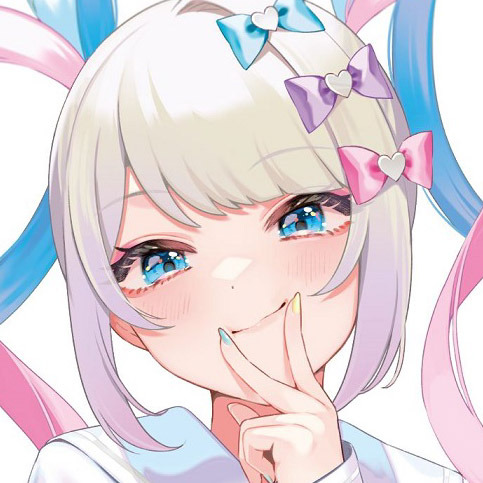


Kangel ♡
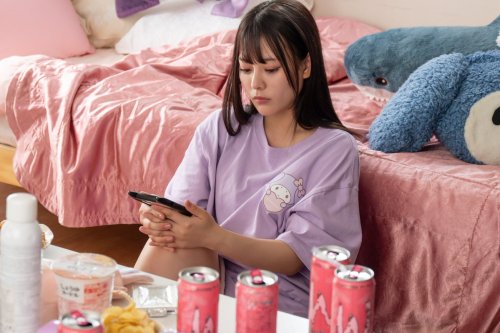



明日、私は誰かのカノジョTVドラマ

tokyo street snap
-
 cdpdoodler liked this · 1 month ago
cdpdoodler liked this · 1 month ago -
 homopopsie reblogged this · 1 month ago
homopopsie reblogged this · 1 month ago -
 homopopsie liked this · 1 month ago
homopopsie liked this · 1 month ago -
 polyhedron20 liked this · 1 month ago
polyhedron20 liked this · 1 month ago -
 quackquacc liked this · 1 month ago
quackquacc liked this · 1 month ago -
 edgyspiderfriend liked this · 1 month ago
edgyspiderfriend liked this · 1 month ago -
 colorfultrashcan reblogged this · 1 month ago
colorfultrashcan reblogged this · 1 month ago -
 colorfultrashcan liked this · 1 month ago
colorfultrashcan liked this · 1 month ago -
 mystic-sageling liked this · 1 month ago
mystic-sageling liked this · 1 month ago -
 crunkledunkle reblogged this · 1 month ago
crunkledunkle reblogged this · 1 month ago -
 crunkledunkle liked this · 1 month ago
crunkledunkle liked this · 1 month ago -
 mrsegbert reblogged this · 1 month ago
mrsegbert reblogged this · 1 month ago -
 mrsegbert liked this · 1 month ago
mrsegbert liked this · 1 month ago -
 candlestar reblogged this · 1 month ago
candlestar reblogged this · 1 month ago -
 candlestar liked this · 1 month ago
candlestar liked this · 1 month ago -
 lemondropleaf reblogged this · 1 month ago
lemondropleaf reblogged this · 1 month ago -
 monochromexsn reblogged this · 1 month ago
monochromexsn reblogged this · 1 month ago -
 technicolorxsn liked this · 1 month ago
technicolorxsn liked this · 1 month ago -
 wh1nvy liked this · 1 month ago
wh1nvy liked this · 1 month ago -
 goggomaggo reblogged this · 1 month ago
goggomaggo reblogged this · 1 month ago -
 mairen-marionette liked this · 1 month ago
mairen-marionette liked this · 1 month ago -
 zombified-queer reblogged this · 1 month ago
zombified-queer reblogged this · 1 month ago -
 pharmasurgical reblogged this · 1 month ago
pharmasurgical reblogged this · 1 month ago -
 pizzahutchan124 liked this · 1 month ago
pizzahutchan124 liked this · 1 month ago -
 nomisong liked this · 1 month ago
nomisong liked this · 1 month ago -
 mushr0omz liked this · 1 month ago
mushr0omz liked this · 1 month ago -
 toastgoatteeth liked this · 1 month ago
toastgoatteeth liked this · 1 month ago -
 supernaturalstage liked this · 1 month ago
supernaturalstage liked this · 1 month ago -
 help87 reblogged this · 2 months ago
help87 reblogged this · 2 months ago -
 help87 liked this · 2 months ago
help87 liked this · 2 months ago -
 pharmanic reblogged this · 2 months ago
pharmanic reblogged this · 2 months ago -
 sunshines-child liked this · 2 months ago
sunshines-child liked this · 2 months ago -
 selkiez liked this · 2 months ago
selkiez liked this · 2 months ago -
 innalheid liked this · 2 months ago
innalheid liked this · 2 months ago -
 endsdream liked this · 2 months ago
endsdream liked this · 2 months ago -
 lumityrules liked this · 2 months ago
lumityrules liked this · 2 months ago -
 sidereon-spaceace reblogged this · 2 months ago
sidereon-spaceace reblogged this · 2 months ago -
 ferin-3 liked this · 2 months ago
ferin-3 liked this · 2 months ago -
 stigmata-sanguinea reblogged this · 2 months ago
stigmata-sanguinea reblogged this · 2 months ago -
 nikoundniki liked this · 2 months ago
nikoundniki liked this · 2 months ago -
 mistergoddess reblogged this · 3 months ago
mistergoddess reblogged this · 3 months ago -
 dontget2close reblogged this · 3 months ago
dontget2close reblogged this · 3 months ago -
 arowithwood reblogged this · 3 months ago
arowithwood reblogged this · 3 months ago -
 museandbemuse reblogged this · 3 months ago
museandbemuse reblogged this · 3 months ago -
 museandbemuse liked this · 3 months ago
museandbemuse liked this · 3 months ago -
 who-the-fuck-are-you-bruh reblogged this · 3 months ago
who-the-fuck-are-you-bruh reblogged this · 3 months ago -
 who-the-fuck-are-you-bruh liked this · 3 months ago
who-the-fuck-are-you-bruh liked this · 3 months ago -
 completelymarveltrash liked this · 3 months ago
completelymarveltrash liked this · 3 months ago -
 loveisdumb reblogged this · 3 months ago
loveisdumb reblogged this · 3 months ago
